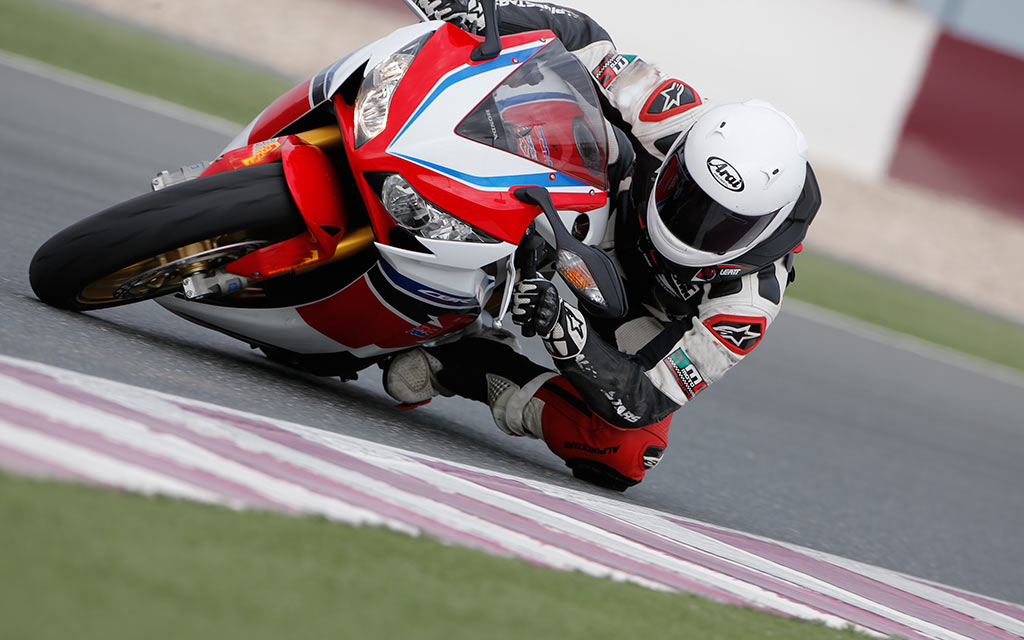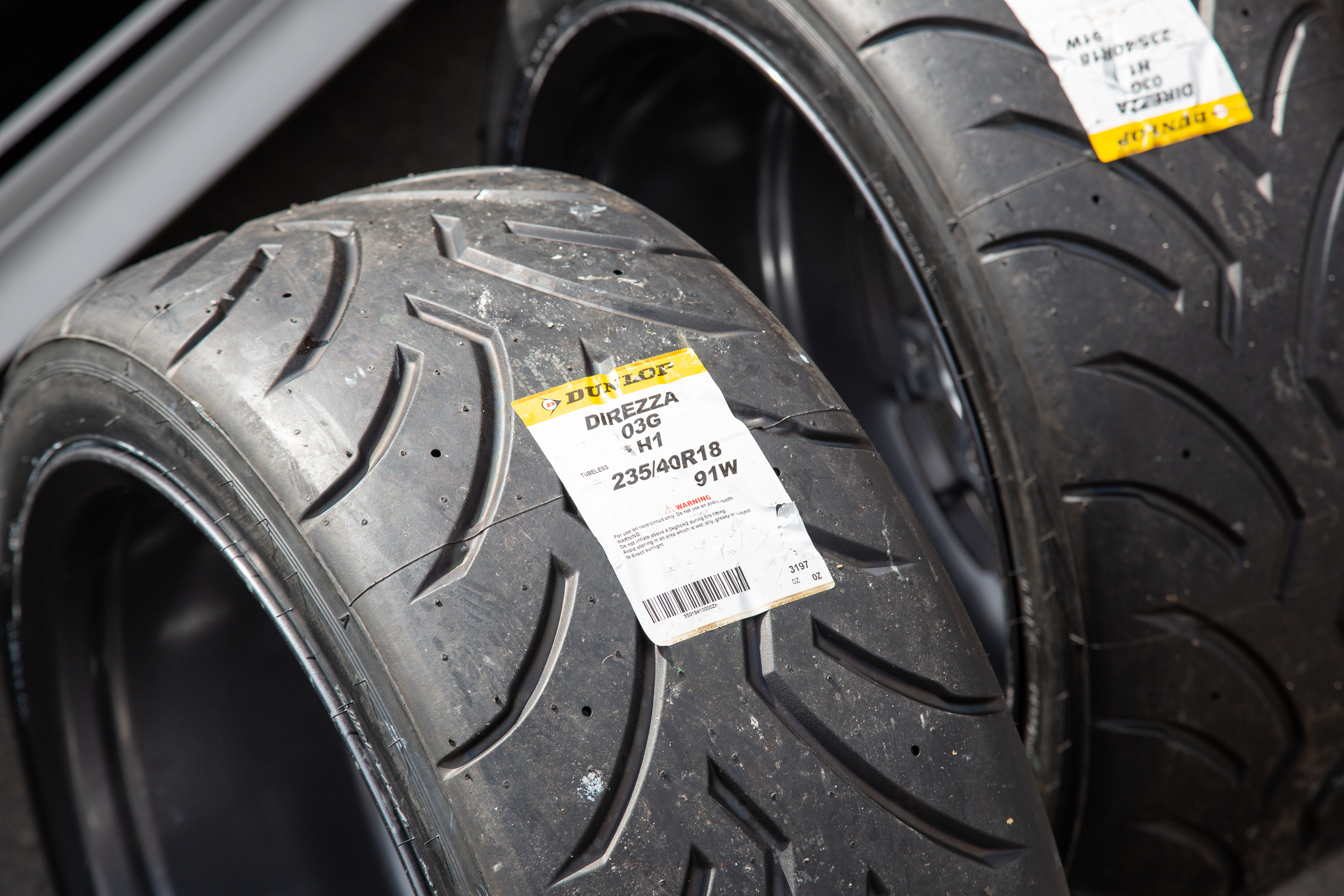All Categories
Featured
Table of Contents
I was able to obtain 100 hours out of one of these tires, and while it had absolutely no tire lugs left on it, the soft substance made it function really wellas long as I was utilizing a soft mousse. Kitt Stringer picture Easy placing - 3Wear - 3Sidewall stamina - 3Performance on origins - 4Performance on damp rocks - 2Traction on dust - 5Cornering ability - 4Traction while stopping - 4Self-clearing of dirt and mud - 3Performance in mud - 3Overall predictability or tracking - 3 _ 37 Final thought: This is a great well-rounded tire with good worth for money.

The wear corresponded and I such as exactly how lengthy it lasted and just how constant the feel was throughout use. This would certainly likewise be an excellent tire for faster races as the lug size and spacing little bit in well on rapid surface. Kitt Stringer photo Easy mounting - 3Wear - 3Sidewall stamina - 3Performance on roots - 4Performance on damp rocks - 4Traction on dust - 4Cornering ability - 4Traction while braking - 5Self-clearing of dirt and mud - 4Performance in mud - 4Overall predictability or tracking - 4_42 Verdict: I liked this tire a great deal.
If I had to buy a tire for difficult enduro, this would certainly be in my leading choice. Easy placing - 3Wear - 3Sidewall strength - 3Performance on origins - 4Performance on damp rocks - 3Traction on dirt - 4Cornering ability - 3Traction while stopping - 3Self-clearing of dust and mud - 4Performance in mud - 4Overall predictability or tracking - 3 _ 34 Conclusion: This tire was really soft and flexible.
All the gummy tires I examined carried out relatively close for the initial 10 hours or two, with the winners going to the softer tires that had far better grip on rocks (Tyre fitting services). Acquiring a gummy tire will definitely give you a solid advantage over a normal soft substance tire, however you do pay for that benefit with quicker wear
Affordable Tyre Inspections (Caversham 6055 WA)
This is an excellent tire for spring and loss conditions where the dust is soft with some dampness still in it. These tried and tested race tires are fantastic all around, but wear swiftly.
My general champion for a hard enduro tire. If I needed to spend money on a tire for daily training and riding, I would select this set.
Leading Tyre Repair Services Near Me – Swan 6055 WA
I have actually been running a set of Michelin Power Pilot 2CT's on my track Daytona 675 for the previous year. Because time I have done 15 track days in all weathers from cool wet to extremely warm and these tires have actually never ever missed a beat. Budget car tyres. I have actually done virtually 2,000 miles (3,200 km) on them and as you can see from this shot of the front taken after very first session of my 15th track day on them, they still have rather a whole lot of rubber left on them
Basically the 2CT is an impressive track day tire. If you're the type of biker that is likely to run into both damp and completely dry conditions and is beginning on course days as I was in 2014, after that I think you'll be hard pressed to locate a much better worth for money and experienced tire than the 2CT; a set of which will certainly set you back around 185 (US$ 300) in the UK.
Creating a better all round road/track tyre than the 2CT should have been a tough job for Michelin. The result of that initiative is the Michelin Pilot Power 3 which essentially changes the Pure. Don't confuse this new tyre with the roadway going Pilot Roadway 3 which is not designed for track use (although some cyclists do).
They inspire massive self-confidence and offer outstanding grasp degrees in either the damp or the dry. When the Pilot Power 3 released, Michelin suggested it as a 50:50% road: track tyre. That message has actually recently altered due to the fact that the tyres are currently recommended as 85:15% roadway: track usage instead. All the rider reports that I've checked out for the tire price it as a much better tyre than the 2CT in all areas yet particularly in the damp.
Top Tyre Safety
Technically there are several distinctions between the 2 tyres even though both use a dual substance. Visually you can see that the 2CT has less grooves reduced into the tyre however that the grooves run to the edge of the tyre. The Pilot Power 3 has even more grooves for far better water dispersal yet these grooves do not reach the shoulder of the tyre.
One element of the Pilot Power 3 which is various to the 2CT is the brand-new 2CT+ technology which prolongs the harder middle area under the softer shoulders (on the rear tire). This should give a lot more stability and decrease any type of "squirm" when increasing out of corners in spite of the lighter weight and more versatile nature of this brand-new tyre.

I was a little suspicious regarding these reduced stress, it turned out that they were great and the tyres performed really well on track, and the rubber looked better for it at the end of the day. Equally as a point of recommendation, other (quick group) motorcyclists running Metzeler Racetecs were using tyre stress around 22-24 psi for the rear and 24-27 psi on the front.
Generating a much better all rounded road/track tyre than the 2CT must have been a difficult job for Michelin. The outcome of that effort is the Michelin Pilot Power 3 which basically replaces the Pure. Don't perplex this brand-new tire with the roadway going Pilot Roadway 3 which is not made for track use (although some cyclists do).
Affordable Tyre Shop – Caversham WA
When the Pilot Power 3 launched, Michelin recommended it as a 50:50% road: track tire. All the motorcyclist reports that I've reviewed for the tyre price it as a much better tyre than the 2CT in all areas but especially in the damp.
Technically there are quite a few differences between the 2 tyres although both make use of a dual substance. Visually you can see that the 2CT has fewer grooves reduced right into the tire yet that the grooves go to the edge of the tire. The Pilot Power 3 has more grooves for much better water dispersal but these grooves do not reach the shoulder of the tyre.
One facet of the Pilot Power 3 which is different to the 2CT is the brand-new 2CT+ innovation which extends the harder middle area under the softer shoulders (on the back tire). This must give extra security and minimize any type of "squirm" when increasing out of corners regardless of the lighter weight and even more flexible nature of this brand-new tyre.
Although I was somewhat uncertain about these lower stress, it ended up that they were fine and the tires carried out truly well on track, and the rubber looked much better for it at the end of the day. Equally as a point of referral, various other (rapid group) bikers running Metzeler Racetecs were making use of tyre pressures around 22-24 psi for the rear and 24-27 psi on the front
Latest Posts
Honest Budget Tyres Near Me
Leading Cheap Car Tyres Near Me ( Stirling)
Honest Tyre Fitting Near Me